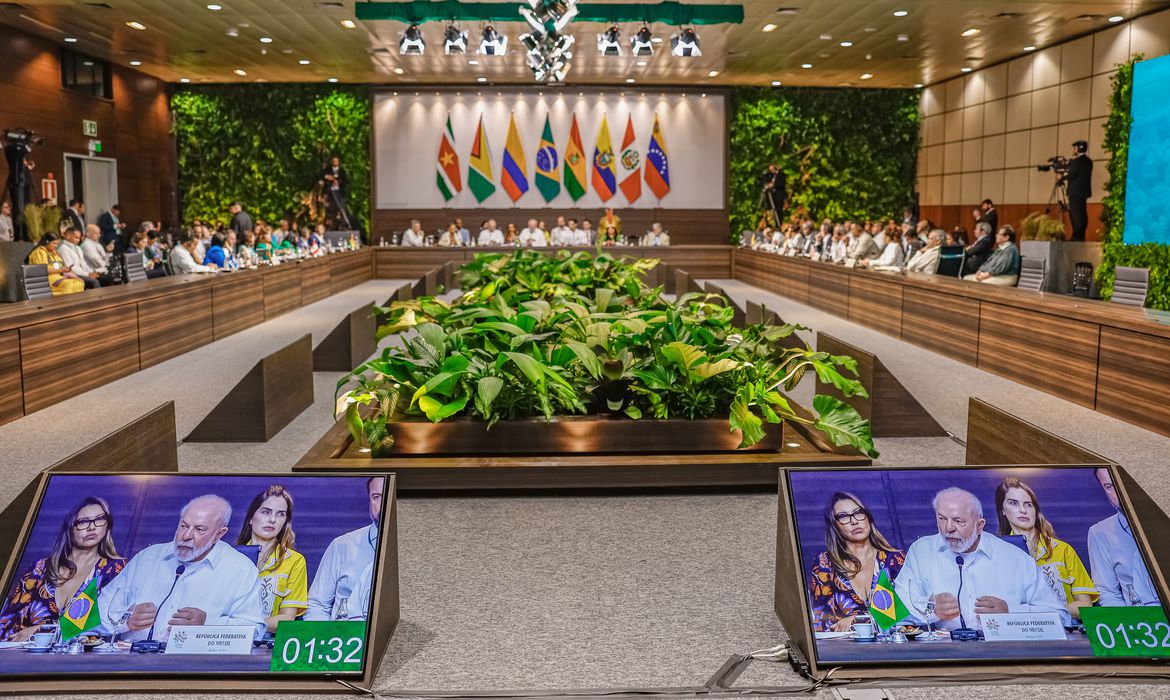
What is climate migration and how does it affect Brazil
More than 1.1 million people were displaced by climate disasters in Brazil in 2024
by Catalina Roig
The consequences of the climate crisis are already affecting a large part of the population: over the past decade, climate-related disasters have caused 250 millions of internal displacements, which amounts to more than 67,000 of displacements per day. These figures come from a report presented by the UN Refugee Agency (UNHCR) at COP30 on climate-related migration, which also warns that there has been a 10% increase compared to the previous decade.
The report also showed that the climate crisis has deepened existing socioeconomic inequalities: of the 117 million people displaced by conflicts, 75% are exposed to climate-related risks. UNHCR defines climate migration as the movement of people who, due to sudden or gradual environmental changes caused by climate change, are forced to migrate either internally or to other countries.
However, there is also a legal issue related to climate migration. Although the term ‘climate refugee’ is often used, these individuals are not officially recognized under international law as refugees (a status reserved only for those fleeing war or conflict) and therefore do not enjoy the protections established by the 1951 Refugee Convention. This poses a challenge in a world where climate-related disasters are likely to increase and further exacerbate existing conflicts.
Brazil: the Latin American country with the most internal displacements caused by climate disasters
A report by the Internal Displacement Monitoring Centre (IDMC) shows that Brazil was the Latin American country with the highest number of internal displacements due to climate disasters in 2024, when 1.1 million people were forced to relocate, mainly because of the floods that occurred that year in Rio Grande do Sul, where 775,000 people were displaced and around 200 died.
The report notes that available evidence suggests that “climate change and the lack of development and modernization of infrastructure doubled the likelihood of the event and contributed to its magnitude and severity.
In this sense, several studies have shown that the most vulnerable populations were the most affected by the floods. For example, a geospatial study by the Porto Alegre branch of the INCT Observatório das Metrópoles showed that “the areas most affected by the floods have a significant concentration of Black Residents, generally above the municipal averages”. On the other hand, there were also reports of Indigenous people who refused to evacuate out of fear of losing their lands.
The Americas recorded a record number of 14.5 million displaced people in 2024, a figure higher than the total accumulated over the previous five years. Of these, 13.5 million were associated with climate disasters, while 1.5 million were displaced by conflict and violence.
A large share of disaster-related displacements occurred in the United States, where around 11 million people had to relocate, mainly due to hurricanes, making it the country with the highest number of displaced people in the world. Other heavily affected countries include the Philippines (8.9 million), India (5.4 million), Bangladesh (2.4 million), and China (3.9 million), most cases also caused by storms and flooding.
How disasters relate to climate change
Climate-related disasters such as the floods in Rio Grande do Sul are deeply connected to the current socio-ecological crisis. A report by the Brazilian Alliance for Ocean Culture shows that while the annual average number of climate disaster records in the 1990s was 725 per year, this number has risen to 4,077 annual records since 2020, a 5.5 fold increase.
About half of these records refer to drought (dry periods, water shortages, wildfires, low air humidity), 26% to flooding, and 19% to storms. These events have increasingly affected people: in the last four years (2020-2023), nearly 78 million Brazilians have been impacted.
The enormous effects that the climate crisis is already having on the conditions necessary for human life highlight the urgency of slowing the degradation of territories and creating protection policies for the populations most vulnerable to the climate disasters we are now experiencing.




